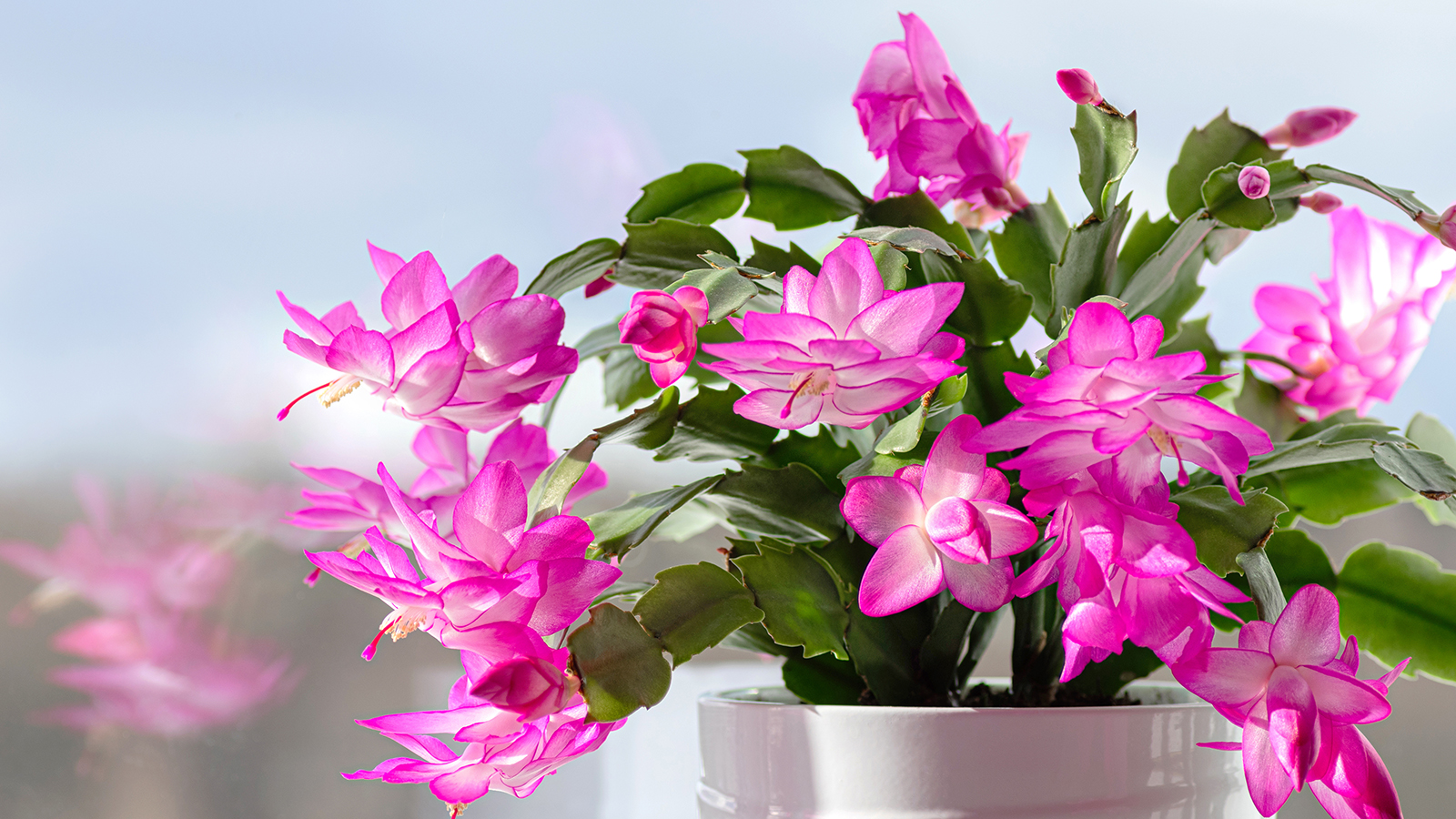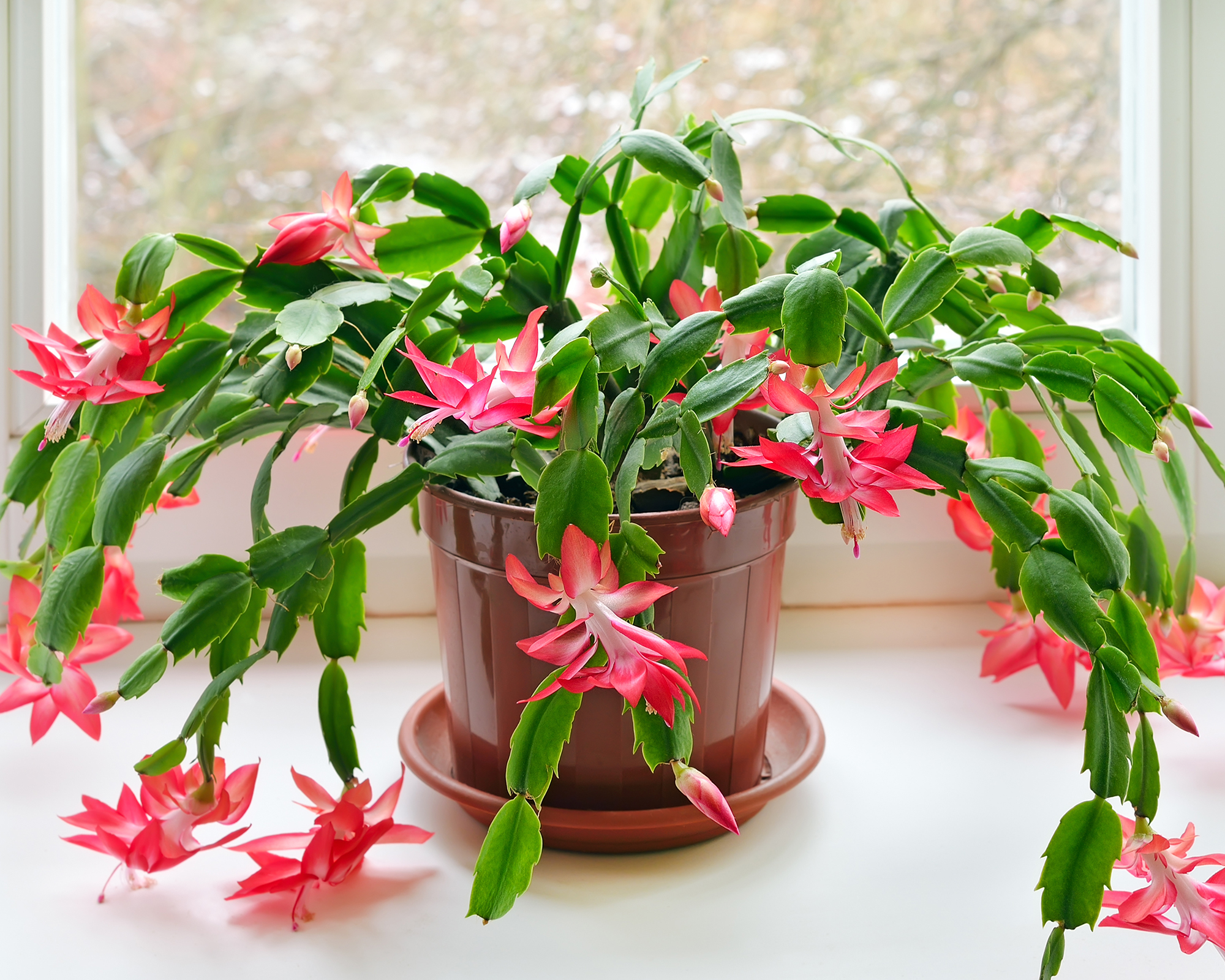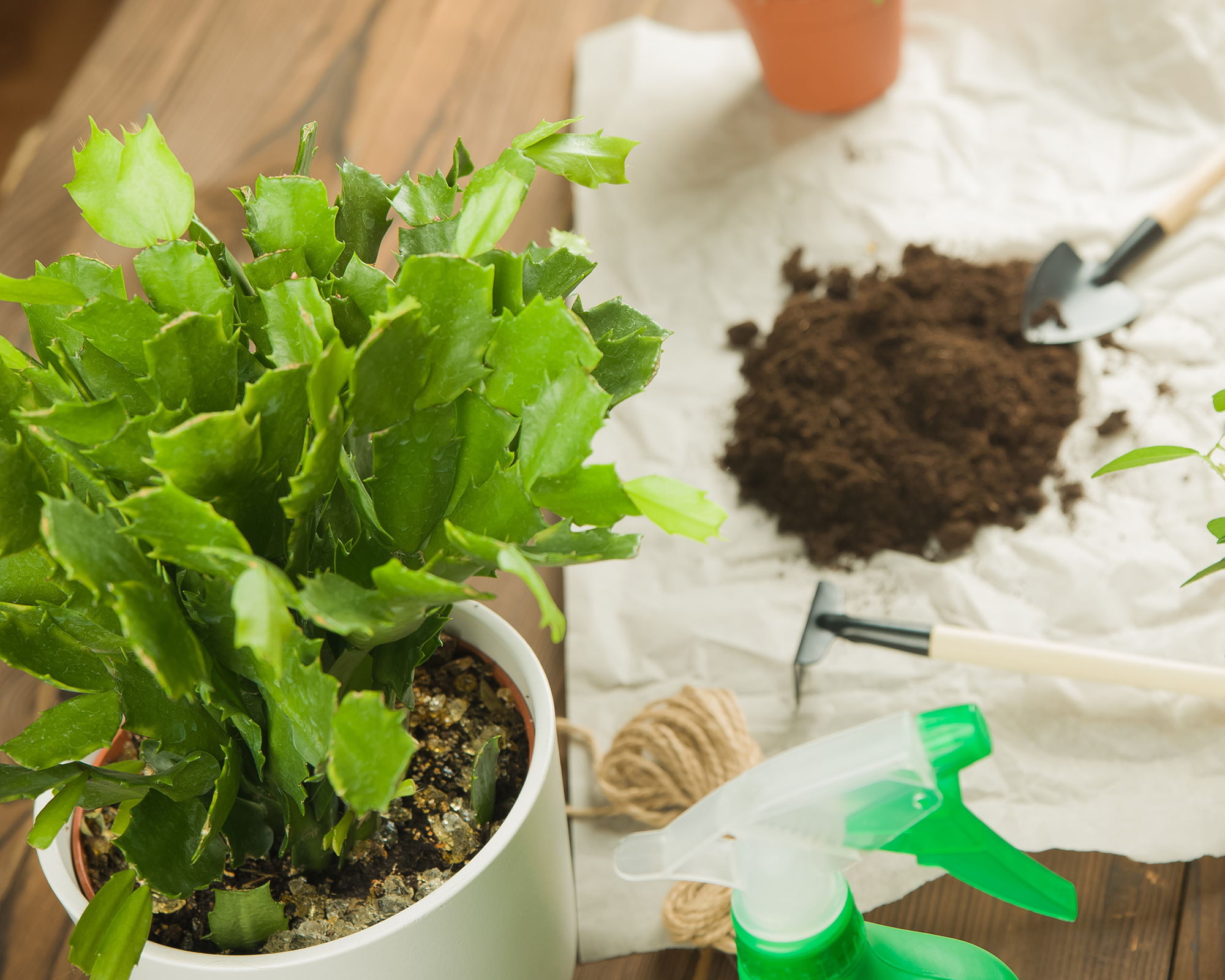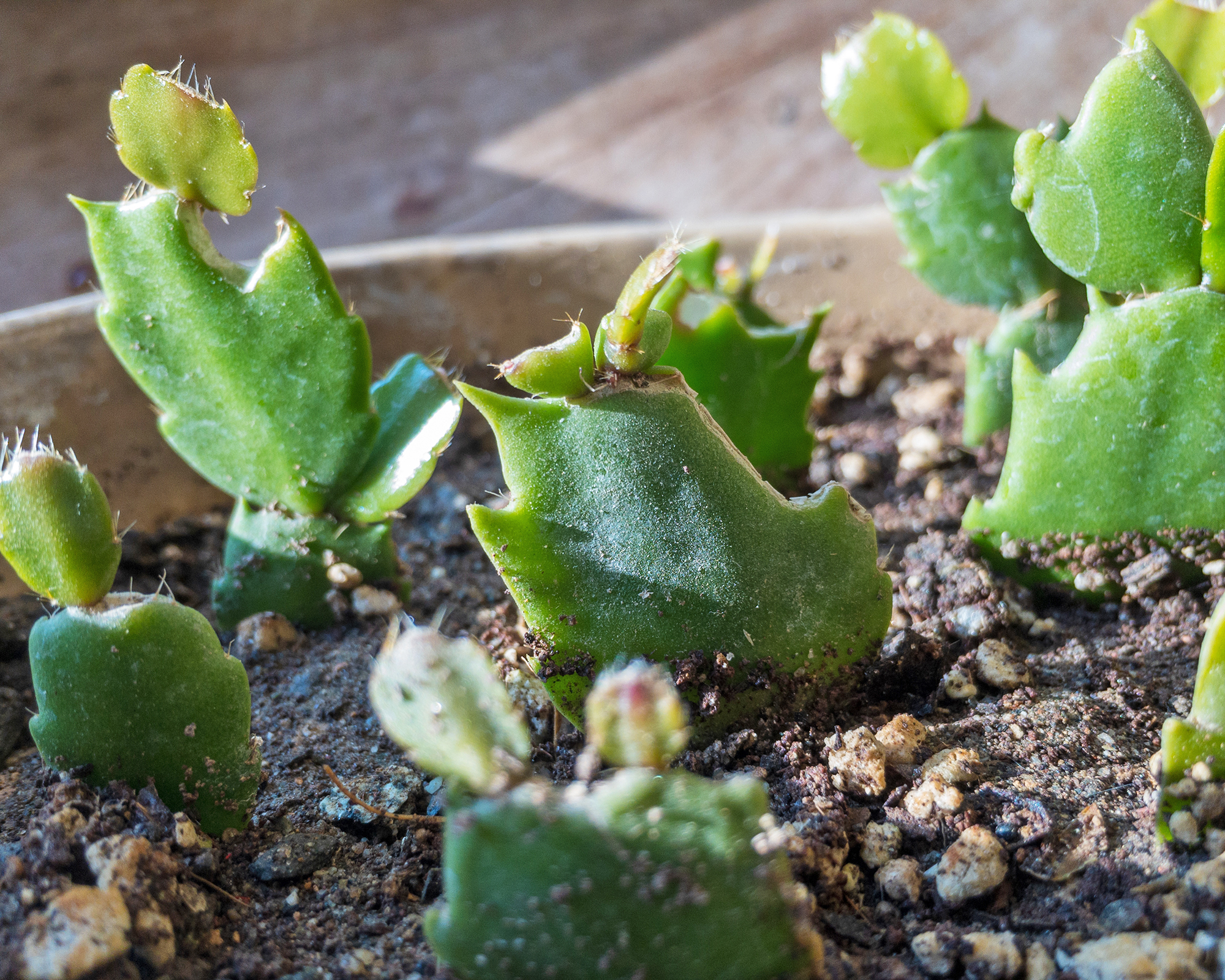Repotting A Thanksgiving Cactus: Your Expert Guide For Thriving Plants
Learn how to repot your Thanksgiving cactus to ensure a happy, healthy houseplant filled with glorious blooms for the holiday season.


True to their namesake, Thanksgiving cactus plants – Schlumbergera truncata – are a popular option for indoor growers throughout fall and winter. These cacti thrive as houseplants and can even bloom under growing conditions indoors. As the days grow shorter in fall, gardeners can expect these unique plants to produce impressive colorful blooms that will brighten indoor spaces and impress holiday guests.
Though Thanksgiving cactus care is generally easy, even the most established plants will require occasional maintenance. Repotting a Thanksgiving cactus is a vital aspect, and can help to revitalize growth and even promote bloom.
The Thanksgiving cactus is one of the most popular holiday cactus varieties and is closely related to the Christmas cactus. Both plants have similar care and repotting requirements but bloom at slightly different times.

When to Repot a Thanksgiving Cactus
On average, Thanksgiving cactus plants require repotting once every 3-5 years. The best time to do it is in the winter, just after flowering has ceased. However, if you have observed a slight decline in plant health, then it is fine to repot them at any time of year.
Common Thanksgiving cactus problems include drooping, loss of flowers, and stunted growth. These symptoms may indicate that the soil has been depleted of nutrients. Wilting plants, or those which have started to drop buds, may be of special concern. This could indicate root rot, stem rot, or damage from houseplant pests.
Before repotting, however, you should consider other possible issues with the plant as these symptoms are often a result of other problems. First, confirm that the plant’s specific requirements for growth have been met. This includes adequate exposure to light, the correct temperature, and even attention to proper watering and fertilization routines.

How To Repot Thanksgiving Cactus Plants
Repotting a Thanksgiving cactus can be a somewhat strenuous task. Since many plants can grow to be quite large, you should take care to avoid damaging fragile stems. The plants have sharp spines, so high-quality gardening gloves are essential.
Sign up for the Gardening Know How newsletter today and receive a free copy of our e-book "How to Grow Delicious Tomatoes".
- Carefully remove the Thanksgiving cactus from its pot, avoiding contact with its spines.
- Take away any excess soil from the root ball of the plant.
- Check for any plant matter that is dead, weak, or shows signs of disease – remove this with sharp, sterilized hand pruners.
- Choose a pot an inch or two bigger in diameter than the old container, with generous drainage holes at the bottom. If you wish to use a decorative plant pot without drainage holes, then use a plastic inner pot with holes.
- Repot the plant into new soil, making certain to use a specially formulated cactus potting soil. These mixes drain exceptionally well and often contain a combination of perlite and peat moss.
- Water well, allowing the pot to drain through. After an initial watering, containers should be watered sparingly until the plant shows noticeable signs of new growth.
Repotting is an ideal time to propagate a Thanksgiving cactus, enabling you to make new plants to share with friends and family.
The process involves pinching or cutting off stem sections, then allowing the raw end to form a callus before pushing the stem into a new container with moist potting soil. Securing a clear plastic bag over the top will help to keep in moisture until the cutting forms new roots.
In a few weeks, the cutting should root, and within a few months, you will have an attractive new plant that may flower within a year.

Do Thanksgiving Cacti Like to Be Root Bound?
Unlike some plants, which may struggle to grow when confined to smaller containers, Thanksgiving cacti often prefer that their roots are slightly bound. Allowing several growing seasons to pass between repotting helps established plants to maintain vigor.
Though these cacti will thrive under these conditions, occasional repotting is still necessary as a means to revitalize soil health and manage plant growth.
Plants that are left undisturbed for an extended period may begin to suffer from damage or complete root loss. Once the health of the plant’s root system has started to decline, it may become much more difficult to revive stressed cacti.
This article features products available from third-party vendors on the Gardening Know How Shop.

Tonya Barnett has been gardening for 13 years. Flowers are her passion. She has transformed her backyard into a cut flower garden, which she regularly chronicles on her YouTube channel http://www.youtube.com/@tonyawiththeflowers.
- Melanie GriffithsEditor in Chief
- Amy DraissDigital Community Manager
